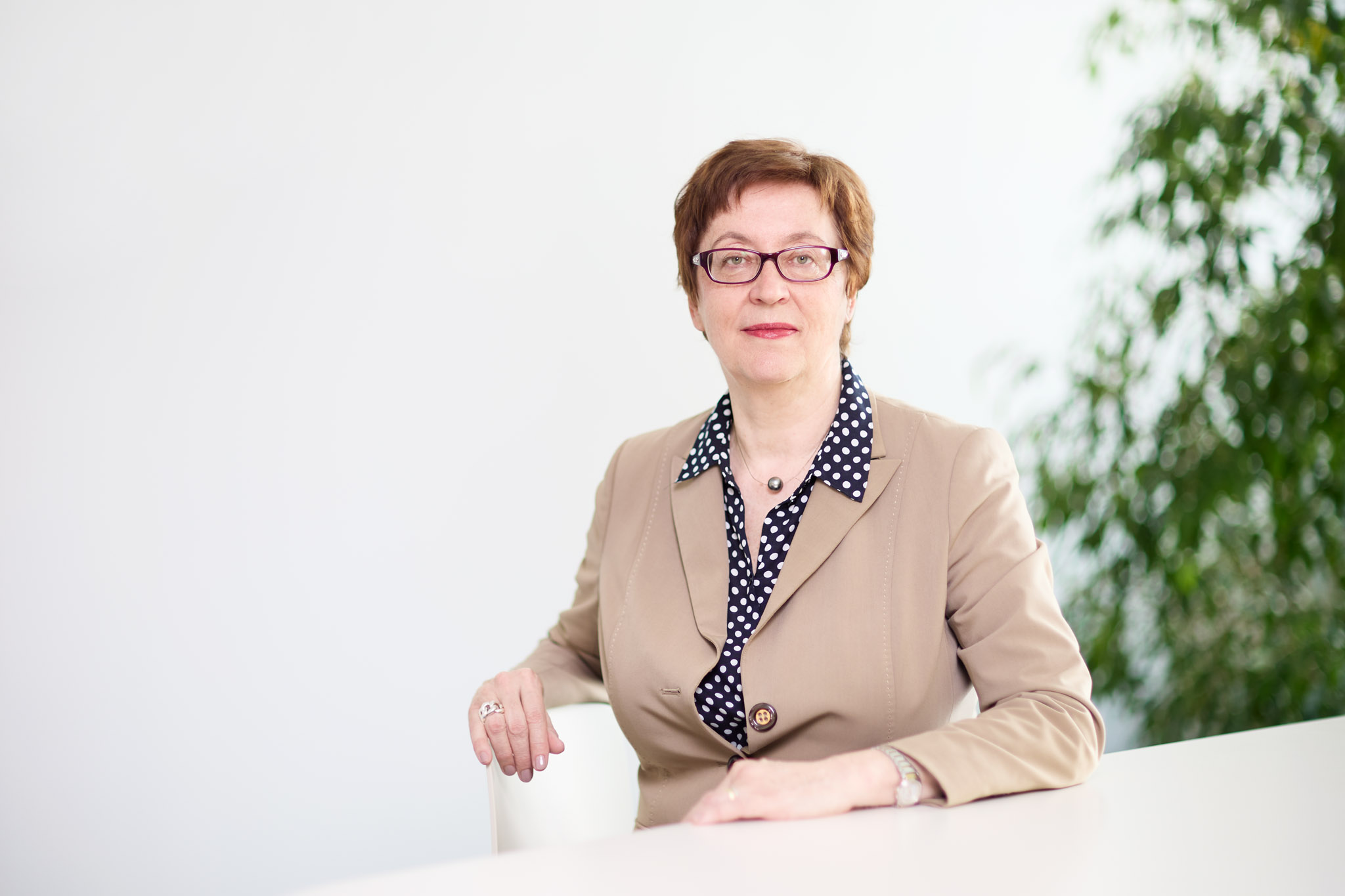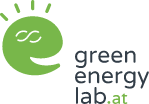We ask Theresia Vogel: What are the major strengths of Green Energy Lab?
Theresia Vogel, Managing Director of the Climate and Energy Fund, talks about the energy showcase region and the strengths of Green Energy Lab.

12 April 2022 – A conversation with Theresia Vogel, Managing Director of the Climate and Energy Fund:
What characterizes the energy flagship regions?
Bigger, better, faster – that is our claim for the energy showcase region (Green Energy Lab, NEFI, WIVA). This has shown that we can significantly accelerate the pace of innovation because the consortia not only test the future of energy, but also demonstrate on a large scale how suitable Austrian innovations are for everyday use. I also see that the program has taken the “real laboratories” approach further.
What are the major strengths of the Green Energy Lab?
In the Green Energy Lab in particular, stakeholders from science, business and the general public work closely together to develop solutions that are technically and socio-economically robust. The Green Energy Lab shows what a climate-friendly energy future could look like in Austria. The fact that significant steps have already been taken here is encouraging: we are experiencing rapidly rising energy prices, so it is becoming increasingly important to become less dependent on global upheavals and to make sustainable energy solutions competitive. And there’s more: it creates regional green jobs and actively involves the population in the energy transition.
The aim is to harness the curiosity of citizens and get them excited about innovative climate protection technologies. The initial situation is good: in a sentiment barometer conducted by “marketmind” for the Climate and Energy Fund, 97% of respondents (population aged 18-65) say that they are in favor of strengthening Austria as a production location for innovative energy technologies. 93% of those surveyed consider it necessary to create an environment in this country in which energy technologies made in Austria can be tested extensively. The Green Energy Lab offers the ideal conditions for this and has already taken this path.
In order for Austria to achieve its climate targets, innovative approaches must also be taken in the area of electricity. What can be done here?
Austria is well positioned and the new EAG (Renewable Energies Expansion Act) means that innovative paths can now also be taken in energy generation. For electricity in particular, both technologies for private individuals and the necessary infrastructure are available. And it goes on: through energy communities, the population becomes an active part of the energy transition – with or without their own property. Anyone who consumes locally produced green energy from the energy community contributes to local value creation and security of supply and helps to achieve climate targets. To drive this forward, Green Energy Lab research projects are gathering expertise. One example I can think of is the Blockchain Grid project, which shows how the grid feed-in of electricity produced by different generators, e.g. in an energy community, can be stored and consumed locally to a large extent. Or the CLUE project, which is concerned with the extensive implementation of local energy communities in various European countries, including Austria. Green Energy Lab and its many partners are pursuing the path to climate neutrality in 2040 with a great deal of expertise, but above all with passion, and are very successful in doing so.
Curriculum Vitae
Theresia Vogel has been managing the Climate and Energy Fund together with Ingmar Höbarth since 2010. Previously, she was head of the FFG’s structural programs division, which offers a specific funding portfolio with a focus on removing structural barriers to industrial RTDI. Ms. Vogel studied civil engineering at the Vienna University of Technology after graduating from the HTL and worked as a student assistant in research and development during her studies. She was subsequently Head of the Environmental Management and Quality Management Department at the University of Applied Sciences Wiener Neustadt in Wieselburg, where she established the subject area “Sustainability and Environmental Management”.
